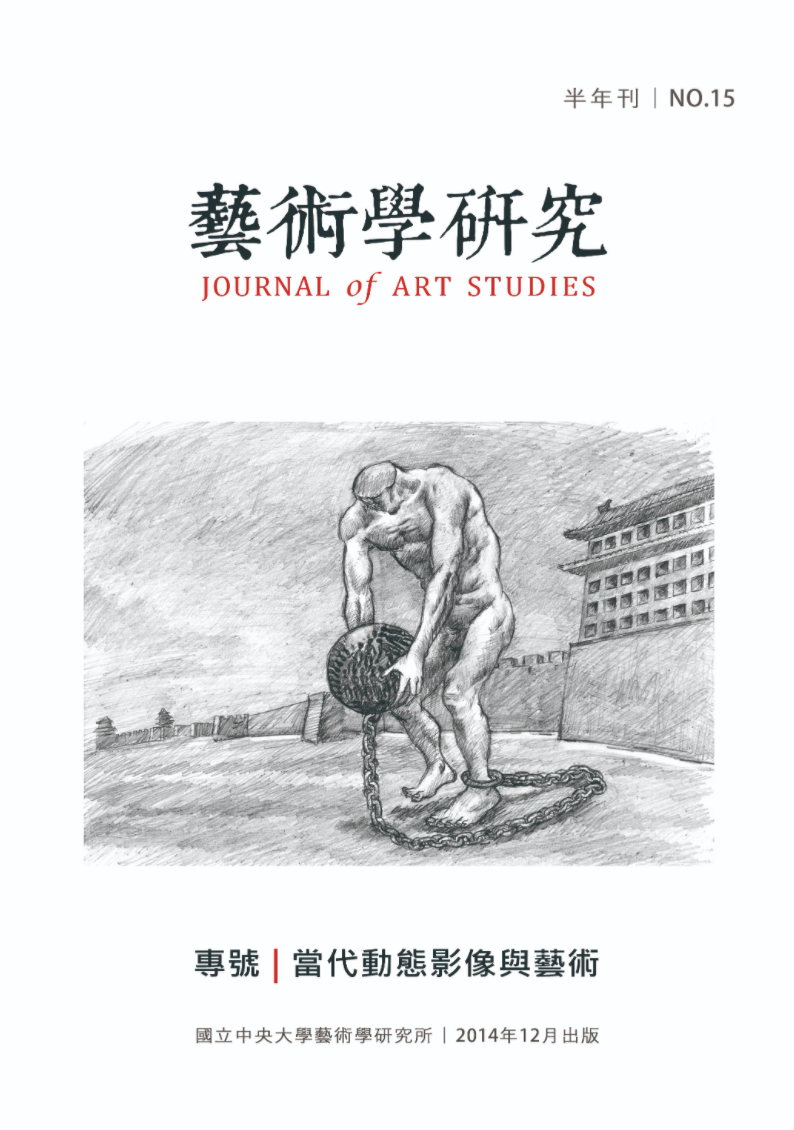1980年代以降,臺灣當代影像藝術展現新貌,具有跨域影像表徵與精神的作品陸續湧現,高重黎的藝術實踐即為其中一個知名代表。高氏的創作橫跨雕塑、攝影、繪畫與實驗電影等多重藝術範式,自1990年代末迄今他發展了系列活動影像的創置與書寫,體現影像藝術的新視野與格局,幻燈簡報電影系列之《人肉的滋味》(2010-12)堪稱代表作之一。這件奠基於幻燈片型態作為藝術表現的作品,高重黎藉拼貼、裝配與蒙太奇的手法辯證機器影像與影像機器之理念,亦透過圖文、聲響與語聲的混融展開臺灣歷史與政治的思辨。值得強調的,《人肉的滋味》,除了是幻燈片秀,也同時是一部匯聚實驗電影與視覺藝術的風格、且結合批判與反思的紀錄影片。兩相結合,藝術家宣告了一種擴延電影的影像藝術之誕生。
Since the 1980s, new trends have been making their marks on contemporary moving image arts in Taiwan. In acknowledging this paradigm shift, many artists have begun to employ cross-disciplinary approaches in their practices. Kao Chung Li, whose works frequently obscure traditional distinctions between sculpture, photography, painting and experimental films, is one of the most notable artists from this scene. His writings and works on moving images continually encapsulate this ever-changing complexity of expression. The aim of this paper is to analyze his slideshow-based The Taste of Human Flesh (2010-12). Tactfully combining the techniques of collage, assemblage and photomontage, this work deals with the delicate relations between mechanically produced images and image-producing machines. It also addresses Taiwan's historical and political development through texts, pictures, sounds and narratives. In short, The Taste of Human Flesh should be regarded as a hybrid of slideshow, experimental film, visual art, and documentary: a new art form that hails from cinema.


